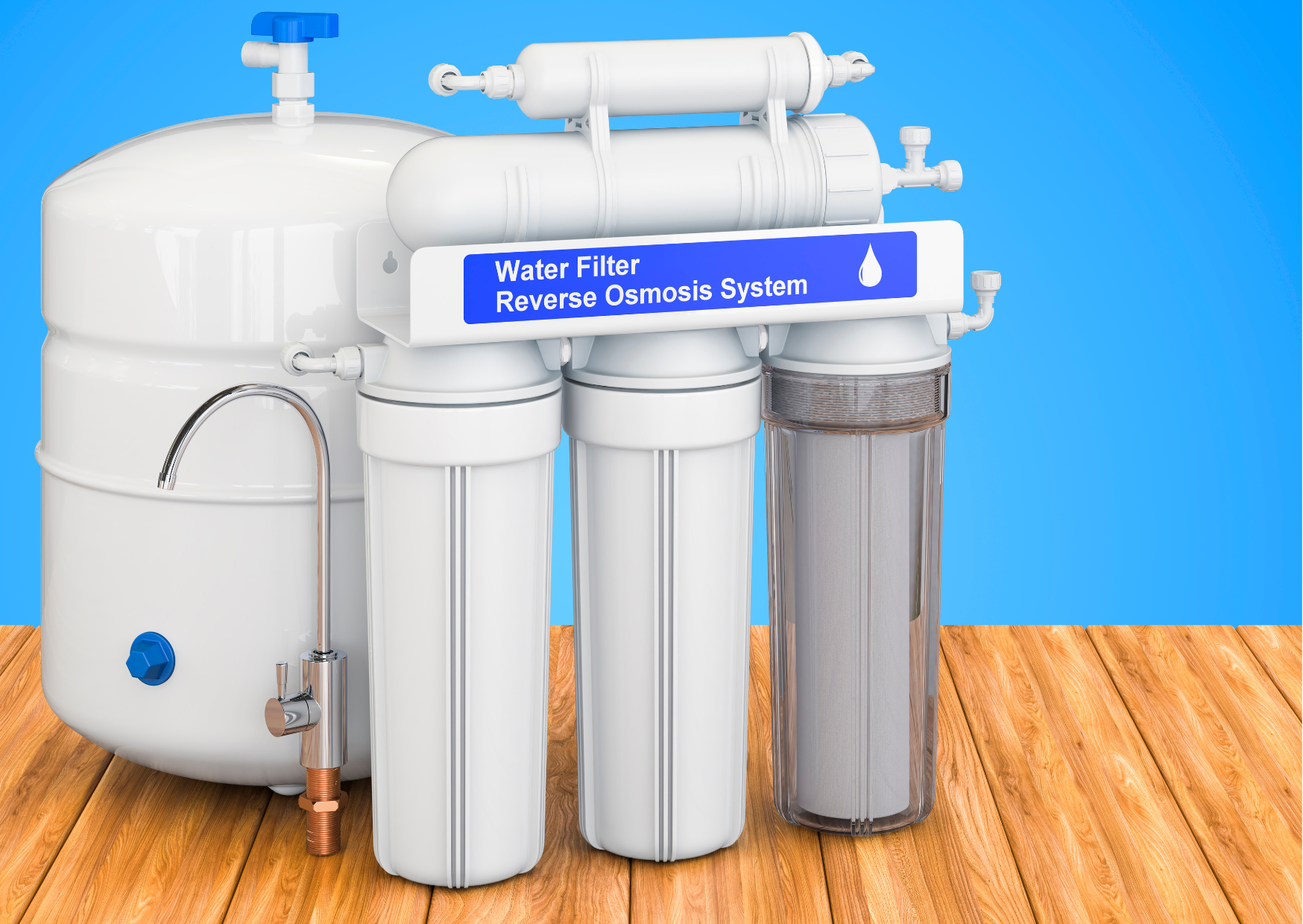Next working day delivery with Royal Mail Tracked 24
What is RO Water?

What is RO Water?
RO is short for a filtration process called "Reverse Osmosis". RO water, or Reverse Osmosis water, is purified water that has gone through a semi-permeable membrane to remove contaminants, including salts, bacteria, heavy metals, and other impurities, leaving behind pure and clean water.
RO water is commonly used for drinking, cooking, marine fishkeeping and other industrial applications, and is especially useful in areas where tap water contains high levels of dissolved solids or pollutants. However, some critics argue that RO filtration also removes beneficial minerals, which may require remineralization.
The advantages of using RO water in fishkeeping
Filtering tap water through an RO filter is a practice popular with marine saltwater fish keepers. Many will have their own system at home or will buy RO water from their local fish store in barrels. Reverse Osmosis filters work by pushing pressurised water through the RO filter, the 'mineralised' tap water is forced through a series of filters and across the semi-permeable RO membrane, leaving dissolved salts behind via the reject water outlet (usually a steady stream of water) with filtered RO water collecting separately (usually a very slow drip by comparison).
The process of reverse osmosis produces pure RO water stripped of all unwanted and potentially harmful elements, such as:
Chlorine - added to tap water to kill bacteria, chlorine kills off good bacteria and can be harmful to organics and your biological filtration.
Phosphates - phosphate causes unwanted algae growth and can also cause coral skeletal growth to slow.
Silicates - these cause algae and diatom growth.
Nitrates - nitrate is a by-product of waste breaking down in an aquarium and can often be found in high levels in tap water.
Heavy metals - heavy metals like copper can become toxic to the point of eventual system failure and death of fish and invertebrates.
Other minerals - certain trace minerals can act as water buffers or softeners, causing an undesirable PH/KH which might not be suitable for your livestock.
Practical Uses in an Aquarium
Stripping our tap water of these elements before we put it in our aquarium is a good thing, because essentially, we are starting with a blank canvas for creating a perfect environment for our selected livestock.
With this in mind, don’t be in a rush to use pure un-mineralised RO water in your aquarium - the idea of RO water is to strip it of everything and then re-mineralise it with an appropriate mineral mix. This mineral mix, often part of your marine salt additive, will replace all of the lost 'good' minerals and vitamins in the RO water, as well as trace elements, restoring levels to those found in the natural water you are trying to replicate.
How do you know if your RO water is pure?
Ro water needs to have a TDS reading of 0 before you begin the process of re-mineralising - you can test the TDS of RO water by using a digital TDS meter. TDS, or 'Total Dissolved Solids' is a reading of dissolved minerals or elements in your water. RO water should produce a reading of 0 to be pure. You may get a reading slightly higher if the water is inside a container containing traces of salt or other elements, so bare this in mind.
To browse our range of marine salt and minerals online please click here.
To browse our range of water treatment chemicals and additives please click here.
Photo credit(s): Canva Pro Licence






